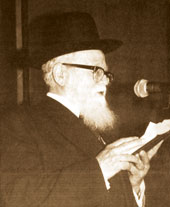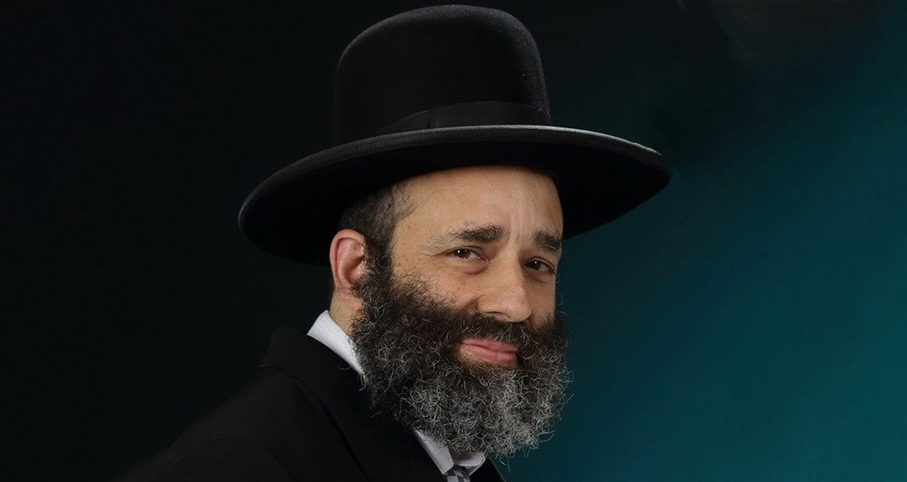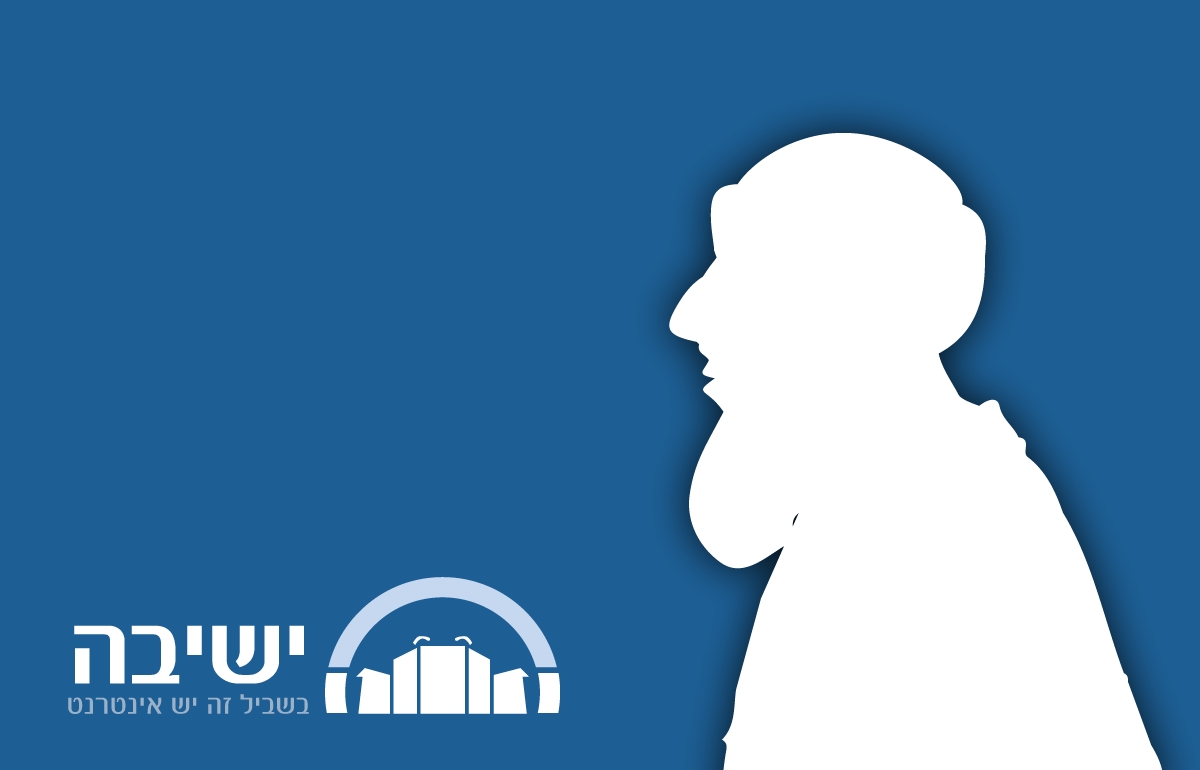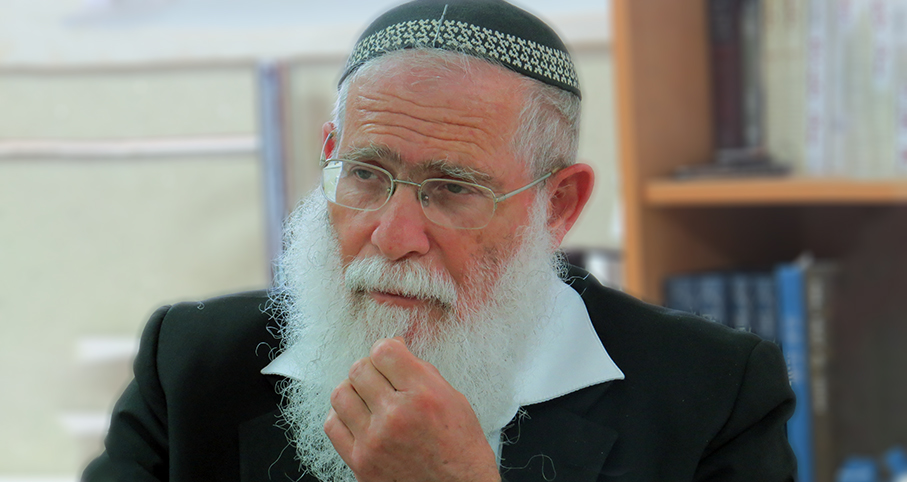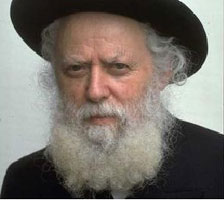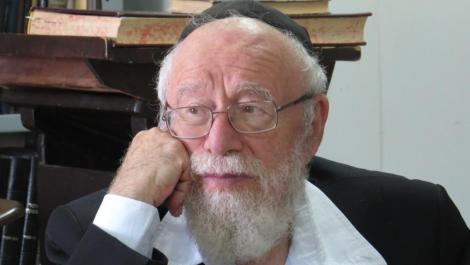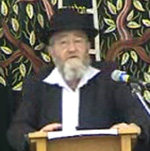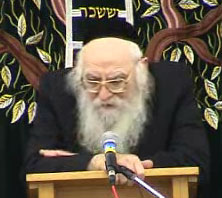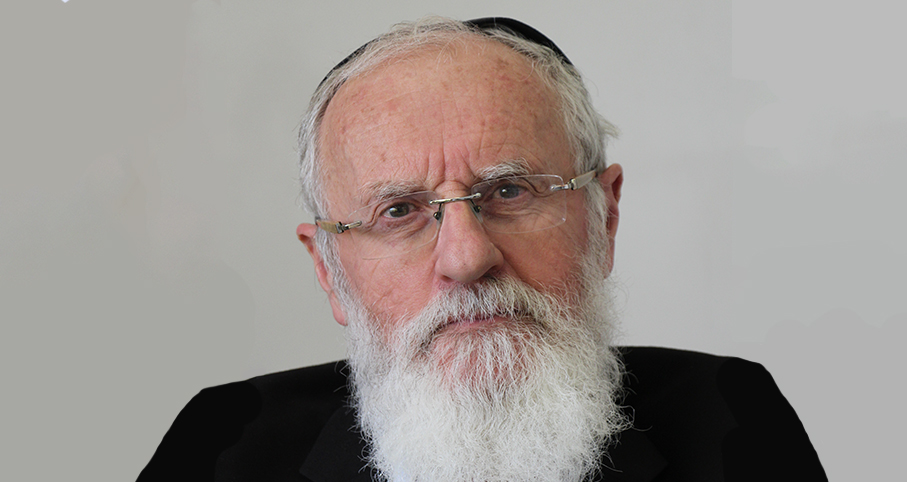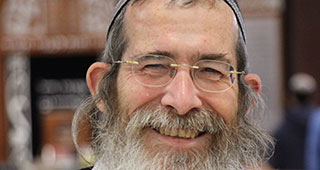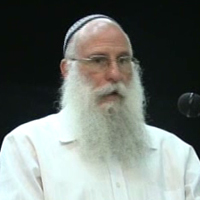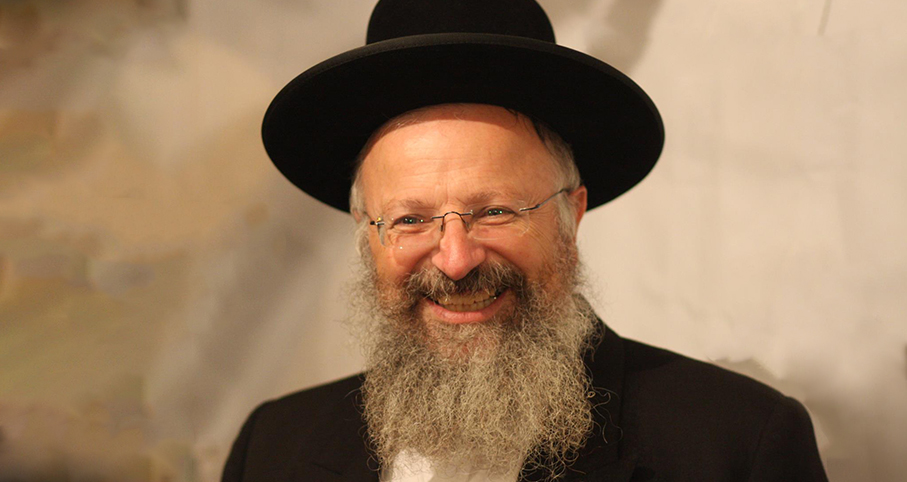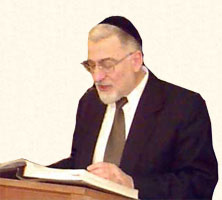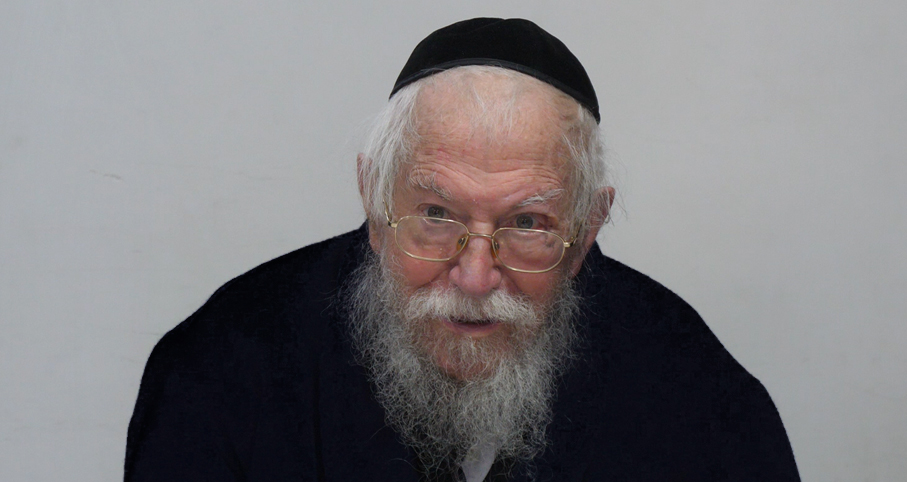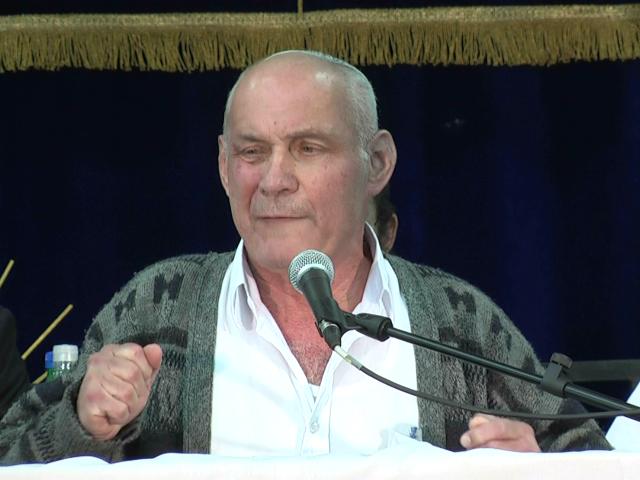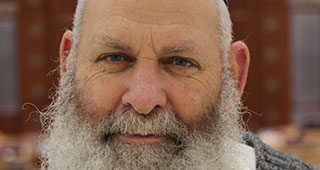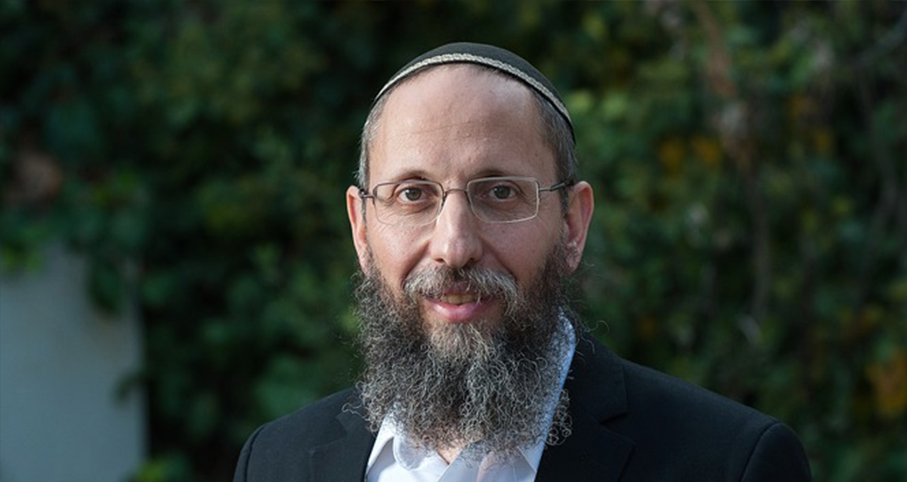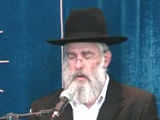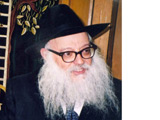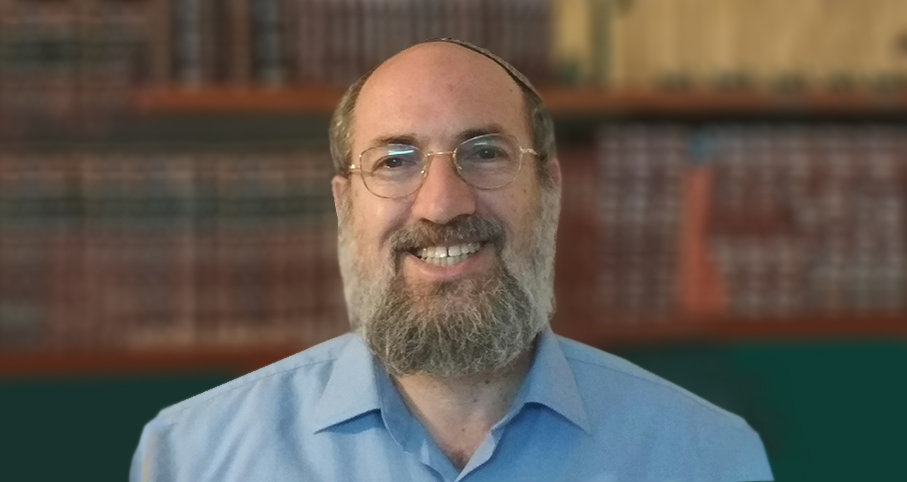Beit Midrash
- Shabbat and Holidays
- Rosh Hashana
- Shofar Blowing
Yossi had always hoped to follow the family tradition of becoming a baal tokei’ah. But even though he had spent many hours during the summer months practicing on his grandfather’s shofar, he couldn’t manage to produce anything more than a weak sound. Then one day he was walking through the Arab shuk in Yerushalayim and his eye was caught by a beautiful shofar.
"Try it," said the Arab shopkeeper, thrusting the shofar into Yossi’s hands.
Yossi did try it – and to his amazement, the tekiyos not only sounded loud and clear, but they took almost no effort. After some haggling, the shofar didn’t cost that much, either. Yossi was so excited by his purchase that when he got home he immediately called his family to listen to a recital.
"I’m sure it’s a very beautiful shofar," said his brother, "but are you sure it’s kosher?"
"A shofar has to be kosher? What could be the problem? I am not going to eat it!"
Soon enough, Yossi learned that the potential for problems is far from negligible. And although we can’t repeat every detail of such a discussion in this article, we can look at a few key factors that go into making a shofar not only beautiful, but also kosher.
Beyond the Minimum
Most shofaros sold today in frum stores are made in one of numerous small, family-operated factories scattered around Eretz Yisrael. While some shofaros have no hechsher, others have one that covers the minimal standard: It certifies that the shofar is manufactured from a ram’s horn. Since all halachic authorities rule that a ram’s horn is preferred and that a horn from a different, kosher, non-bovine animal may be used only when there is no alternative, there is some value to this minimal hechsher. In addition to the concern that the shofar might have been made from the horn of a cow or a bull, which is not acceptable, there are commercially available "shofaros" made of quality plastic that but look, feel, and blow like a shofar. Thus, the "minimum standard" hechsher should hopefully ensure that the shofar is a genuine ram’s horn.
By the way, here is a simple, non-scientific way to verify that a shofar is plastic. Look at many available on display in the Arab shuk. Carefully examine them and you will notice that they all have their "natural" markings in exactly the same place. Some are oriented to the left and others to the right, and the color varies from shofar to shofar, but it is quite clear that they were poured into the same mold.
Boiled, Buffed, and Beautiful
The majority of rams’ horns used to make shofaros are imported from abroad. When they arrive at the factory, they are not a pretty sight. Not only is the horn’s exterior rough and lacking a pleasing shine, but the bone is still inside.
Although it is perfectly kosher to use a shofar by drilling a hole through the bone on its inside, commercial manufacturers remove the bone. The first step, therefore, is to boil the horn for several hours to soften it and make it more malleable, allowing for easy removal of the bone.
A hechsher that guarantees only that the shofar was originally a ram’s horn does not address problems that occur to the shofar during the manufacturing process. (While those problems may not occur with great frequency, my opinion is that someone giving a hechsher should assume responsibility for the product’s complete kashrus.)
Returning to our description of the process: After the skull bone has been removed, the wider end of the horn is hollow, whereas the narrower side of the horn, that is attached to the head, is not hollow. Since the horn grew thick on this side, it must be drilled and cleaned out to create an empty "tunnel" that reaches the hollow part of the horn. In addition, a usable mouthpiece on the narrow part of the horn has to be fashioned. In order to accomplish all of this, the narrower section of the horn is straightened. This creates the difference in appearance between the complete shofar, which is straight at this end, and the natural ram's horn, which is curved along its entire length. Take a look the next time you are this close to a ram.
As part of this process, the factory might shorten an over-long shofar or trim its sides. This does not invalidate the shofar, which, unlike an esrog, doesn’t have to be complete. However, a shofar cannot be lengthened, not even by using material from another kosher shofar.
Overlaying the mouthpiece with gold invalidates the shofar, because that puts an intervening substance between the mouth of the baal teki’ah and the shofar, meaning that he is not blowing the shofar itself. Even an overlay, such as gold or silver, on the external surface of a shofar invalidates the shofar if it modifies its sound.
On the other hand, there is no halachic problem with shaping the mouthpiece to whichever shape is comfortable to blow, provided one reshapes the shofar’s natural horn material and doesn’t add other material to coat it. In fact, a shofar’s mouthpiece is always created by opening a hole where the horn is naturally closed.
Buff and polish
The next step in the processing of a shofar is to sand, buff, and polish the exterior of the shofar. Sometimes a lacquer is added to give it a nice sheen. According to all sources I spoke to, the lacquer doesn’t modify the sound in a discernible way, so it does not invalidate the shofar.
Still, a shofar can be rendered unkosher if a hole is created during the manufacturing process (other than the hole for the mouthpiece). When that happens, the status of the shofar becomes a whole new story.
Hold the Super Glue
This article is not long enough to cover all the details of opinions concerning a shofar that is cracked or has a hole. Instead, I will summarize briefly those opinions:
(1) The most stringent opinion contends that any lengthwise crack in the shofar requires repair.
(2) The moderate opinion rules that any crack more than half the shofar’s length requires repair.
(3) The most lenient opinion states that one may ignore a crack that is less than the full length of the shofar.
Assuming that a cracked shofar is invalid until it is mended, does it make a difference how the crack is repaired?
There is a dispute among early authorities as to whether the shofar will be kosher if repaired by gluing it together. Some, such as the Ramban, contend that since coating the inside of the shofar with foreign material invalidates it, gluing a hole in a shofar with a foreign substance also invalidates it. Those who advocate this approach contend that the only way to repair a cracked shofar is by heating the horn at the point of damage until the horn is welded together.
The Rosh disagrees with this approach, contending that there is a difference between plating a shofar with foreign material — which means that one is in essence combining a non-shofar material with the shofar — and glue, which becomes totally inconspicuous in the finished product. Although the halachah follows this last opinion, one should rely on this only if the crack did not affect the sound of the shofar and if the crack is not so big that the glue is obvious. Otherwise, one will be required to weld the horn as described above, so that the shofar is repaired with shofar material.
Herein then lies an issue. If we need to be concerned about the possibility that the shofar was cracked, do we need a guarantee that it was repaired by welding and not by gluing?
If we do, we have a problem. There is no reason to assume that a non-Jewish, nonobservant, or unknowledgeable shofar crafter would repair itby welding. To compound the concern, shofaros made for sale are always polished to provide the beautiful, but unnatural, sheen that the customer expects to see on his shofar. This polish may mask any damage and repair that was made when the shofar developed a crack; only a highly trained expert might be able to notice such a repair.
Unfortunately, few shofar crafters are that halachically concerned. The assumption is, therefore, that most shofar makers would simply take an acrylic or similar glue and fill the hole. Therefore, enter the potential need for a more reliable hechsher. We will return to this question later.
Holey Shofaros!
Another potential problem is if a hole was inadvertently made in the shofar during the drilling process. The Mishnah states: If a shofar has a hole in it that was subsequently plugged, if "it" affects the sound, then the shofar is invalid, and if not, the shofar is valid.
There are three critical questions here that impact on our discussion:
(1) Does the Mishnah mean that the shofar is invalid because it has a hole? Or is the shofar invalid because the hole was plugged, but the hole itself is not a concern?
(2) Does it make any difference what material is used to plug the hole?
(3) What is the "it" that affects the sound? Does the Mishnah mean that the hole changed the sound of the shofar, or that the plugging changed the sound?
If the Mishnah means "because" the hole was plugged, the Mishnah is teaching that a shofar with a hole is kosher, and the plugging of the hole creates the problem.
But why might this be true? It seems counterintuitive that the hole in the shofar does not present a problem, but plugging it does.
The answer is that this opinion contends that any natural shofar sound is kosher — even if the shofar has a hole (Rosh, Tur). Although the air escaping through the hole may affect the sound the shofar produces, the sound produced is from the shofar and not from anything else. However, when the shofar’s hole is plugged, the sound is now partially produced by the plug. Therefore, this opinion rules that a plugged shofar is no longer kosher if it produces a different sound from what it produced before the shofar was plugged.
As a matter of fact, this is the way the Shulchan Aruch (Orach Chayim 586:7) actually rules. Following his approach, if a shofar develops a hole, it is best to do nothing to the shofar, since the unplugged hole allows the shofar to be perfectly kosher.
Although this solution is halachically acceptable according to many authorities, it does not provide us with a practical solution. A shofar manufacturer will not leave a hole in a shofar because customers won’t purchase such a shofar. In other words, customers want a holy shofar, not a holey one.
In addition, not all authorities accept this understanding of the Mishnah. The Rambam, in his Commentary to the Mishnah, rules that a shofar with a hole is not kosher; the Biur Halachah (586:7 s.v. Sh’ein) notes several other rishonim who agree with this conclusion. The Rema (Orach Chayim 586:7) concludes that one should not use such a shofar unless he has no other.
At this point, we should address a second question: The Mishnah states that a shofar with a plugged hole is not kosher. Does it make a difference which material plugs the hole?
The Gemara (Rosh Hashanah 27b) quotes a dispute between the Tanna Kamma and Rabbi Nosson whether the Mishnah’s plugged shofar is invalid regardless of what one used to plug it, or only if it was plugged with non-shofar material. Rabbi Nosson contends that a shofar repaired with shofar material remains kosher even though its sound changed. The Tanna Kamma disagrees, contending that regardless of whether the hole was plugged with shofar material or with non-shofar material, the shofar is invalid if its sound changed. Most rishonim rule according to Rabbi Nosson, which means that a "holey" shofar subsequently plugged with pieces of shofar is kosher.
We’ve now come to a third question: Does the Mishnah mean that the hole changed the sound of the shofar, or that the plugging changed the sound? According to the Rambam (Hilchos Shofar 1:5), a shofar with a plugged hole is kosher only if it sounds the same after the repair as it did before the hole developed and was repaired. If the shofar sounds different after the repair, the shofar is invalid. It is also invalid if the repair was with non-shofar material, even when the repaired shofar sounds identical to how it sounded before the damage. The Rosh, on the other hand, rules that the shofar is kosher if it sounds the same after the repair, even if it was repaired with non-shofar material. It is also kosher if it was repaired with shofar material, even if the sound changed as a result.
This dispute is mentioned in Shulchan Aruch (Orach Chayim 586:7), who rules, like the Rambam, that one may not use a shofar plugged with non-shofar material, unless there is no other shofar available.
Do We Need To Worry?
Halachah makes a general assumption that there is no need to be concerned about a problem that is unusual. Do shofar cracks fall into this category? Just how frequently does a shofar develop a hole during its production?
Since no one has conducted a survey on the subject, and it would be almost impossible to perform one, we cannot answer this question definitively. A friend of mine who has attempted to visit shofar factories tells me that they usually do not allow visitors, and are probably not likely to reveal the type of information we are asking. We certainly do not know the track records of the Arab craftsmen, nor those of the shofaros made in China.
Despite this lack of information, I think we can assume that, since the people making shofaros are indeed craftsmen, and since it is highly disadvantageous to drill an extra hole while cleaning out the horn, the majority of shofaros are made without creating unwanted holes during the processing.
Thus, technically speaking, a shofar might not require a hechsher to guarantee that a hole did not develop in the shofar during its manufacture. However, is there a simple way to ascertain that the shofar you purchase was not damaged during the manufacturing process?
Some rabbanim do provide a "hechsher" for the manufacturer, stating that he is a halachah-abiding Jew who would not sell a shofar that has developed a crack or hole in the course of production.
What might the concerned manufacturer do when a shofar develops a hole? I asked this question of a particular manufacturer, and was told that he sells the damaged, rough shofar to a non-Jewish manufacturer. Many shofaros are sold to non-Jews who have a Biblical interest in blowing them. (I had hoped that the plastic variety mentioned above is also marketed exclusively to the same audience. However, I subsequently discovered otherwise, much to my chagrin.)
Unfortunately, most shofar manufacturers do not meet this standard. Although the person who began the business usually was an observant Jew, who may have been knowledgeable enough to merit this hechsher, often, the current business operators are not very observant. Therefore, a hechsher on the manufacture may have limited value, unless it is issued by a well-known rav.
There is yet another kind of hechsher, which has a different standard. In this case, the distributor or store interested in selling a particular shofar has it checked by a highly skilled rav or mashgiach who knows how to check a shofar for signs of damage or repair. A shofar that shows such signs is rejected.
Does a hechsher add significantly to the price of the shofar? The answer is that it does not. In some instances, the hechsher adds a small, non-significant premium to the price of the shofar — but the price is almost always primarily linked to its size and the particular retailer’s markup.
So what would I do if I wanted to buy a shofar for Rosh Hashanah? I would either ask for a hechsher that meets the last standard mentioned or, alternatively, ask for a letter from a known rav verifying that he knows that the manufacturer of this shofar is a halachah-abiding and knowledgeable Jew.
Outwitting the Satan
The shofar is blown to remind us of many things, including a wakeup call to do teshuvah and/or to herald Moshiach. The Gemara explains that the repeated blowing of the shofar — that is, both before the Shemoneh Esrei and then again afterward — is in order to confuse the Satan and to prevent him from prosecuting us (Rosh Hashanah 16b). This is surprising. Is the Satan so easily fooled? Most of us have firsthand experience with the Satan, and have found him to be extremely clever. Does he not remember that we pulled the same prank on him in previous years, when we blew the shofar twice?
Tosafos explains the Gemara on a deeper level. The Satan is constantly afraid that Mashiach will come and put him out of business. Therefore, every time the shofar blows, the Satan leaps up, terrified that Mashiach has come, and forgets to prosecute us! Then he realizes, too late, that it is just Rosh Hashanah again. By that time, Hashem has reached our verdict without the Satan’s input.
How nice it would be if we would sit on the edge of our chairs waiting for Mashiach with the same intensity as the Satan!
This Shiur is published also at Rabbi Kaganof's site
Two Shofrot
Rabbi Berel Wein zt"l | 5771
Blowing the Shofar, Together
Rabbi Gideon Weitzman | 5764
Shofar Sounds
Rabbi Berel Wein zt"l | 5771
